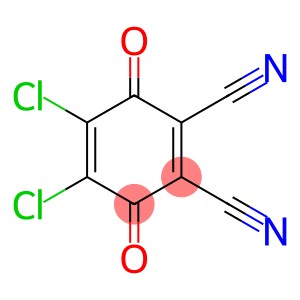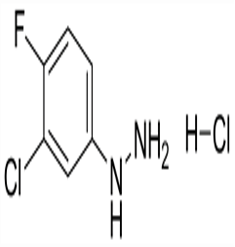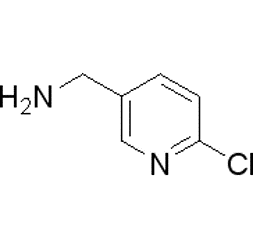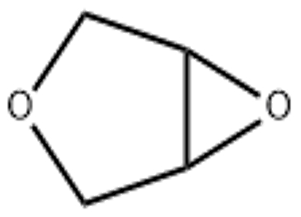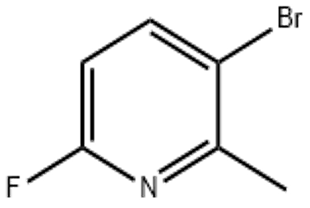2,3-Dichloro-5,6-dicyano-1,4-benzoquinone(CAS#84-58-2)
Risk and Safety
| Hazard Symbols | T – Toxic |
| Risk Codes | R25 – Toxic if swallowed R29 – Contact with water liberates toxic gas R41 – Risk of serious damage to eyes R37/38 – Irritating to respiratory system and skin. R20/21 – Harmful by inhalation and in contact with skin. R23/24/25 – Toxic by inhalation, in contact with skin and if swallowed. |
| Safety Description | S22 – Do not breathe dust. S24/25 – Avoid contact with skin and eyes. S37 – Wear suitable gloves. S45 – In case of accident or if you feel unwell, seek medical advice immediately (show the label whenever possible.) S36/37 – Wear suitable protective clothing and gloves. S26 – In case of contact with eyes, rinse immediately with plenty of water and seek medical advice. S36/37/39 – Wear suitable protective clothing, gloves and eye/face protection. |
| UN IDs | UN 3439 6.1/PG 3 |
| WGK Germany | 3 |
| RTECS | GU4825000 |
| FLUKA BRAND F CODES | 21 |
| TSCA | Yes |
| HS Code | 29269095 |
| Hazard Class | 6.1 |
| Packing Group | II |
2,3-Dichloro-5,6-dicyano-1,4-benzoquinone(CAS#84-58-2) Brief introduction
Dichlorodicyanurone benzoquinone. It is a light yellow crystalline solid with a peculiar odor.
Dichlorodicyanbenzoquinone has strong oxidizing and reducing properties, and can be used as an oxidizing and reducing agent.
The methods for preparing dichlorodicyanurone mainly include the following: one is to react dichloroaniline with gadolinium tetrachlorocyanate to produce dichlorodicyanbenzoquinone; The other is obtained by reacting dichlorophenylboronic acid with diethyltin dicyanide.
Safety should be taken when using and storing dichlorodicyanbenzoquinone. It is an irritating substance that avoids inhaling its dust and coming into contact with the skin. Appropriate protective measures, such as laboratory gloves, goggles, and protective clothing, must be worn during handling. It is also a flammable substance and should be kept away from open flames and high-temperature sources. When storing, it should be sealed and kept away from oxidants and acids.
When handling dichlorodicyanbenzoquinone, strict compliance with relevant regulations and laboratory safety procedures is required to ensure safe use.


